Overview of the MiG-21F-13 in the Philippine Air Force
The MiG-21F-13, a lightweight, supersonic jet fighter developed by the Soviet Union, is one of the most iconic aircraft of the Cold War era. While its operational history is largely tied to Eastern Bloc countries and nations aligned with the Soviet Union, the prospect of the MiG-21F-13 in the Philippine Air Force (PAF) presents an intriguing what-if scenario or alternate history consideration. This overview will delve into the aircraft's technical capabilities, its potential role in the PAF, and the broader implications of its inclusion in the Philippine military aviation landscape.
The MiG-21F-13: An Overview
Development and Design
The MiG-21F-13, the first production model of the MiG-21 family, was introduced in the late 1950s. Designed by the Mikoyan-Gurevich Design Bureau, it was intended to provide a cost-effective, high-speed interceptor that could counter NATO bombers and fighters. Key features of the MiG-21F-13 include:
- Delta Wing Design: Optimized for supersonic flight, offering high-speed performance but limiting agility at low speeds.
- Single-Engine Configuration: Powered by the Tumansky R-11F-300 turbojet engine, it achieved speeds up to Mach 2.
- Armament: Equipped with one 30mm NR-30 cannon and capable of carrying two K-13 air-to-air missiles, it provided basic interception capabilities.
- Simplified Systems: Focused on affordability and ease of production, making it attractive to many developing countries.
The Philippine Air Force Context
Strategic Considerations
Historically, the PAF has relied heavily on Western aircraft, primarily due to its alignment with the United States during the Cold War. The introduction of the MiG-21F-13 into the PAF would have required a significant geopolitical shift, potentially aligning the Philippines with the Soviet Union or maintaining a neutral stance to acquire non-Western aircraft. This shift would have influenced not only the PAF's capabilities but also the country's broader foreign policy.
Operational Role
In the PAF, the MiG-21F-13 would have been utilized primarily as an interceptor, defending Philippine airspace from potential intrusions. Its high-speed capabilities would have been valuable for:
- Intercepting Hostile Aircraft: Particularly useful in scenarios involving regional tensions or territorial disputes.
- Augmenting Air Superiority: While not designed for dogfighting, its speed and missile armament could have provided a credible deterrent.
- Training and Modernization: The MiG-21 could have introduced the PAF to supersonic flight operations, paving the way for future advancements in aviation technology.
Challenges and Limitations
Logistical Hurdles
Operating the MiG-21F-13 would have presented significant challenges for the PAF:
- Maintenance and Spare Parts: The Philippines lacked the industrial base to support Soviet aircraft, requiring the establishment of new supply chains and technical expertise.
- Training: Pilots and ground crews accustomed to Western systems would need extensive retraining.
- Compatibility: Integrating the MiG-21 with existing Western-oriented infrastructure could have been problematic.
Combat Limitations
While advanced for its time, the MiG-21F-13 had limitations:
- Short Range: Its limited fuel capacity would have been a disadvantage in defending a geographically dispersed archipelago.
- Basic Avionics: The lack of advanced radar and electronic systems reduced its effectiveness in complex combat scenarios.
- Single Mission Focus: As a dedicated interceptor, it was less versatile compared to multi-role fighters.
Geopolitical Implications
Acquiring MiG-21F-13s would have signaled a dramatic shift in the Philippines' geopolitical stance. This move could have:
- Improved Relations with the Soviet Union: Providing an alternative to US dependence.
- Provoked US Reaction: Potentially jeopardizing security guarantees and economic aid.
- Inspired Regional Dynamics: Other Southeast Asian nations might have reassessed their own military alignments.
Conclusion
The MiG-21F-13 would have been a fascinating addition to the Philippine Air Force, offering a leap in performance and capability. However, its integration would have required overcoming significant logistical, operational, and geopolitical hurdles. While this scenario remains hypothetical, exploring it highlights the complexities of military procurement and the far-reaching consequences of such decisions in shaping a nation's defense posture and foreign policy.
Specifications
Spotlights
- This craft is curated
- WinsWings one year ago
- Boeing727200F one year ago
General Characteristics
- Predecessor 2024 Year End Challenge [CLOSED]
- Created On Android
- Wingspan 33.6ft (10.2m)
- Length 72.5ft (22.1m)
- Height 18.3ft (5.6m)
- Empty Weight 8,608lbs (3,904kg)
- Loaded Weight 40,108lbs (18,193kg)
Performance
- Power/Weight Ratio 2.857
- Wing Loading 72.7lbs/ft2 (355.0kg/m2)
- Wing Area 551.6ft2 (51.3m2)
- Drag Points 5941
Parts
- Number of Parts 257
- Control Surfaces 5
- Performance Cost 1,226

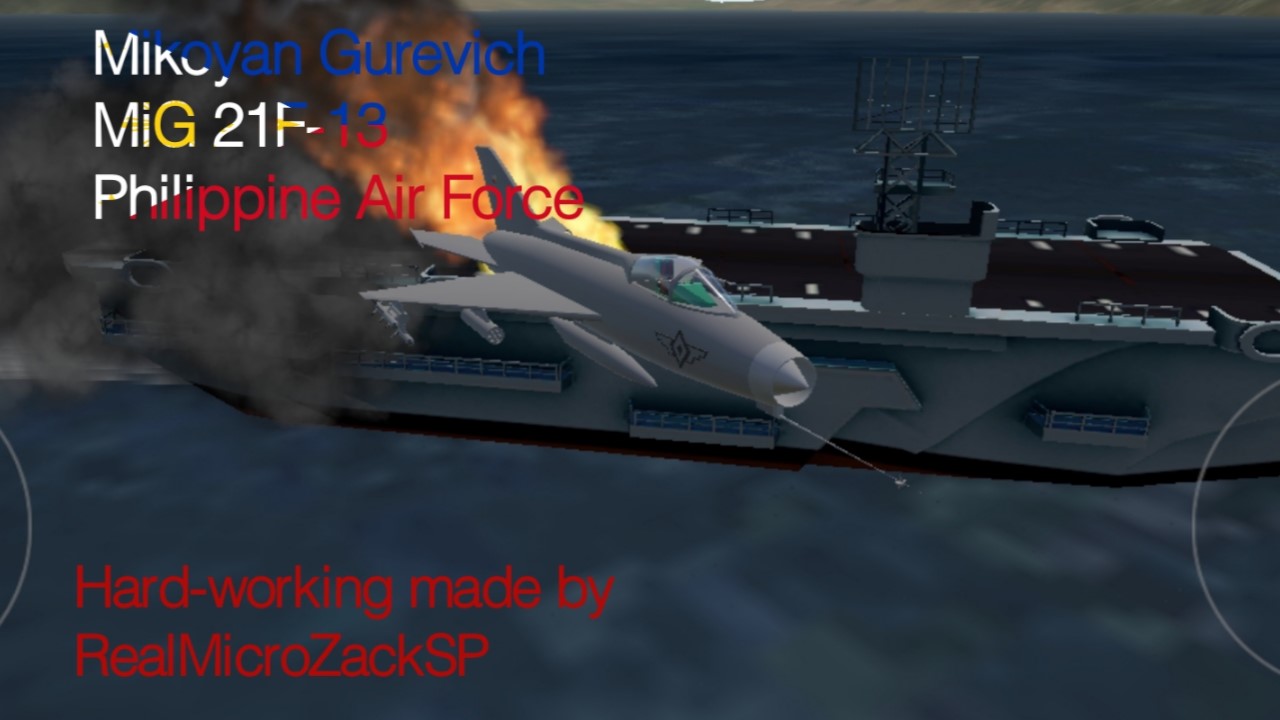
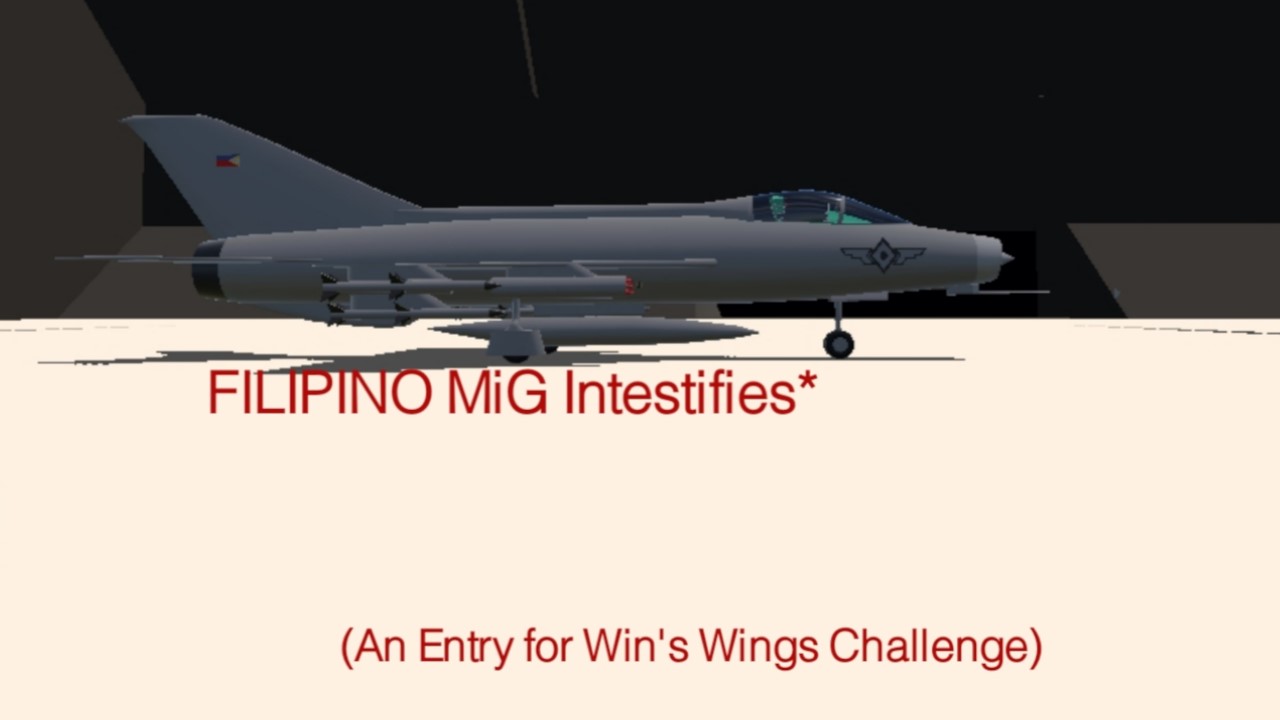
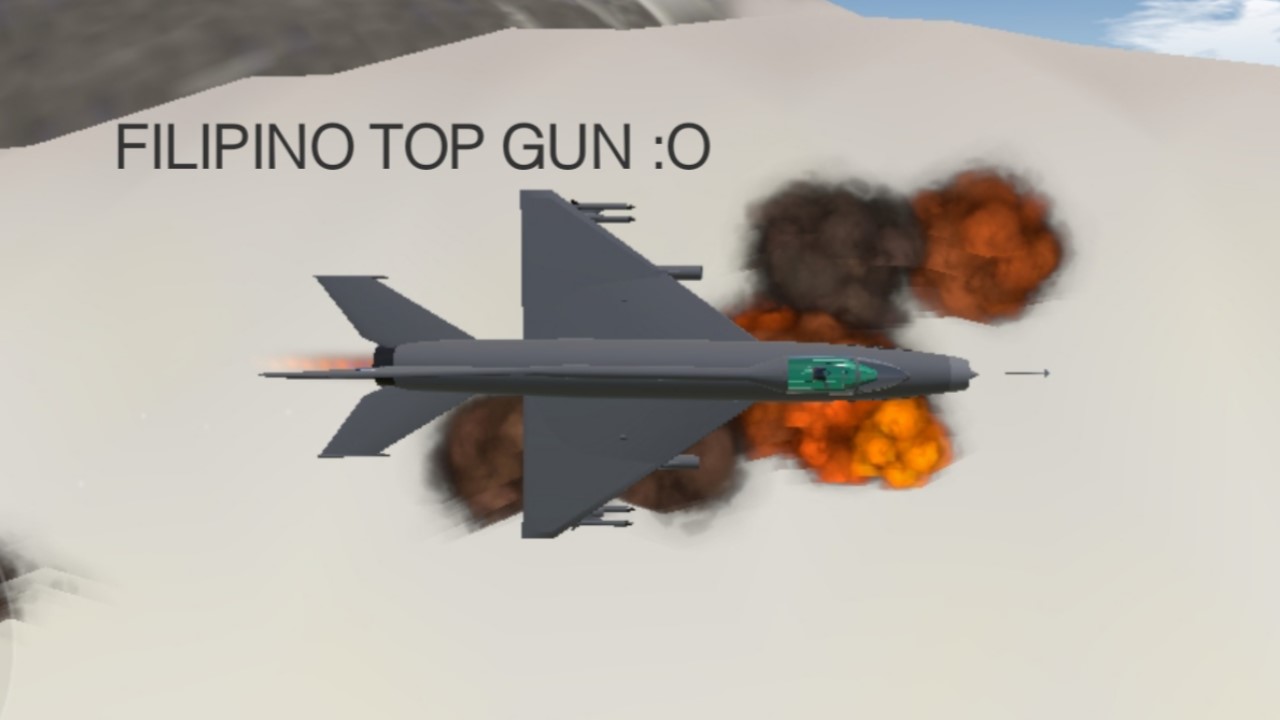

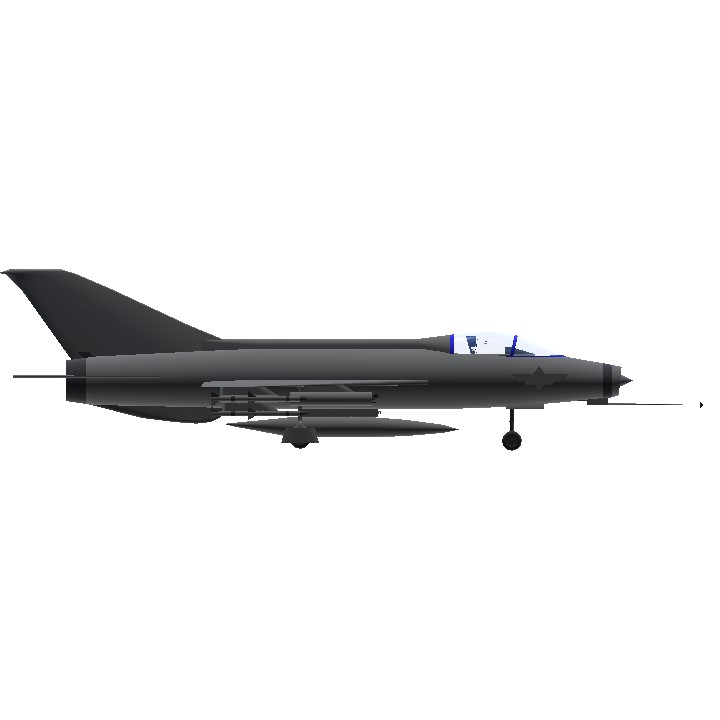
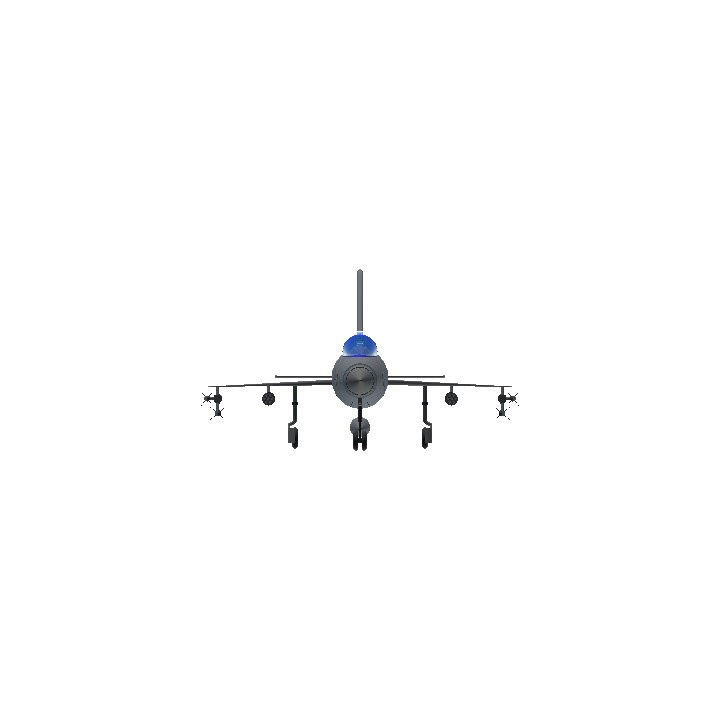
@MIGFOXHOUND31BSM26 ya, i'm tired
So bro stopped tweaking?
If Philippines was a communist....
Philippine Air Force is calling...
Nice Mig 21 .
@planarialab for hud
thank you Mod @Seeras
Well done. Thanks for joining
@RealMicroZackSP
Aber selbstverständlich 👌
Uh oh @kiv
0: @winswings
1: @sptnr
2: @Rjenteissussy
3: @KPLBall
4: @calliope
5: @Zhixunlin23
6: @CrestelAeronautics
7: @Mosquitowithagun
@Seeras bitte einen Vorgänger davon machen?
i just realized how fast i was